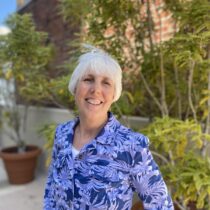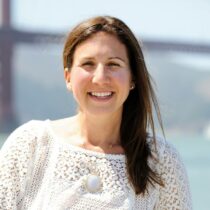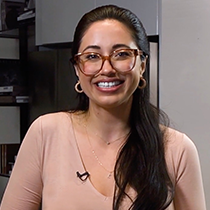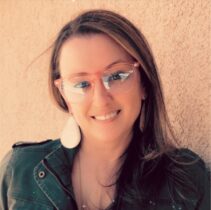BCPP Diaries
How much exposure to BPA is safe?

Europe radically reduced the BPA Safe Level based on scientific studies on BPA health impacts. What does that mean for those of us in the U.S.Read More
Climate Change and Breast Cancer: Ask a Scientist
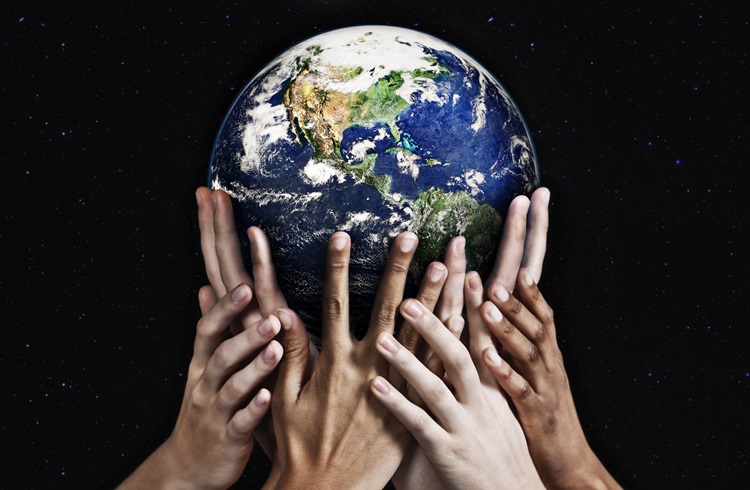
Climate-change-induced disasters can also wreak havoc on healthcare infrastructure and cause interruptions in cancer patients receiving radiation or other treatments, which impact cancer survival rates.Read More
Black History Month – A Time to Celebrate and Reflect

Explore the roots of Black History Month and how it intersects with environmental justice and racially-bound health disparities. Also, get educational resources on fighting racial inequality and reducing breast cancer risk for all.Read More
BCPP Love Stories
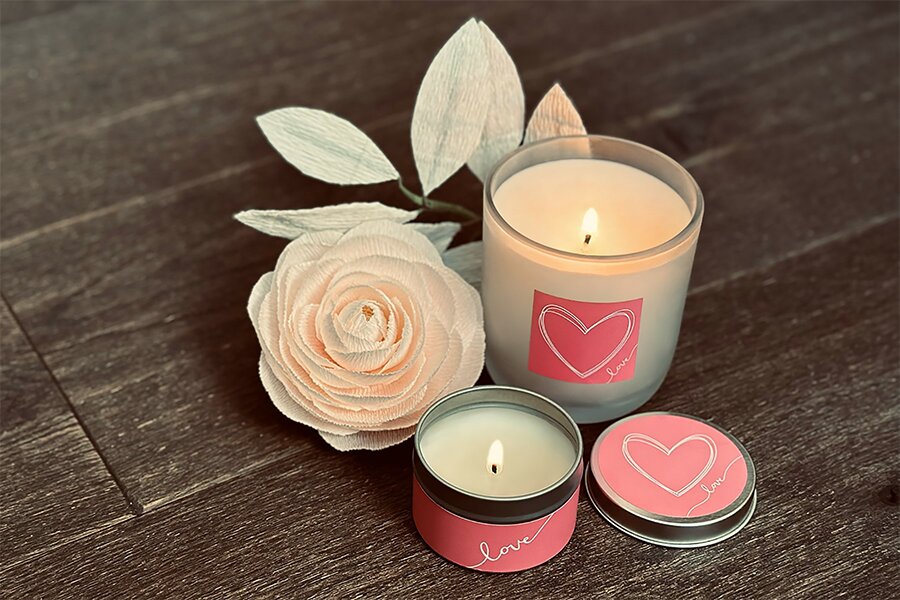
Cancer touches all of us. It binds us together through the tough times. And often, it creates everlasting relationships filled with love.Read More
Protecting Families from Toxics Led Me to BCPP
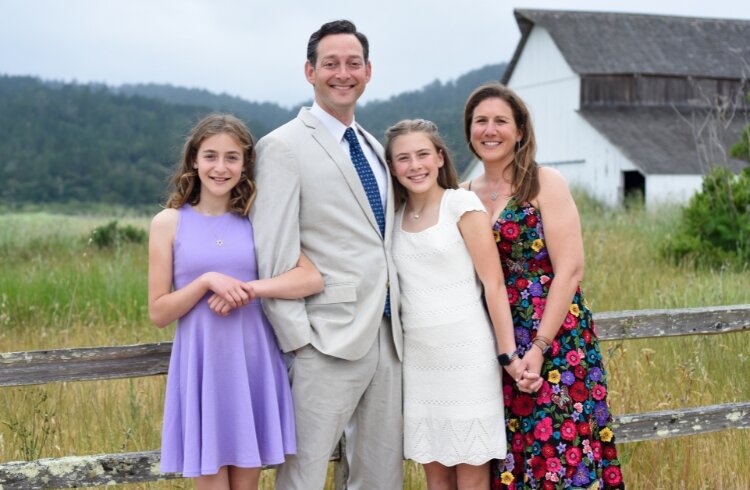
The idea of embarking on an arduous climb was laughable. But the cause hit close to home, having witnessed the trials of three friends and family members currently in the breast cancer battle. Despite my reservations and lack of physical prowess, the pull to participate was strong.Read More
The idea of embarking on an arduous climb was laughable. But the cause hit close to home, having witnessed the trials of three friends and family members currently in the breast cancer battle. Despite my reservations and lack of physical prowess, the pull to participate was strong.Read More
read moreRead Less
From Sofa to Summit: A Journey Beyond the Mountain

The idea of embarking on an arduous climb was laughable. But the cause hit close to home, having witnessed the trials of three friends and family members currently in the breast cancer battle. Despite my reservations and lack of physical prowess, the pull to participate was strong.Read More
The idea of embarking on an arduous climb was laughable. But the cause hit close to home, having witnessed the trials of three friends and family members currently in the breast cancer battle. Despite my reservations and lack of physical prowess, the pull to participate was strong.Read More
read moreRead Less
2023 Impact Report
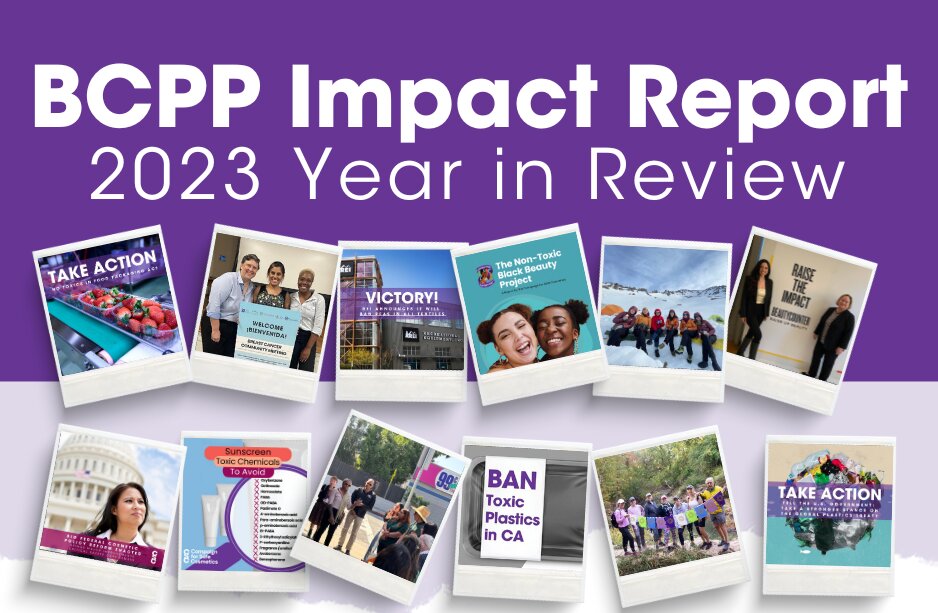
You put the power into prevention. Together, we continue to make major public health strides in removing our exposure to toxic chemicals linked to breast cancer and other diseases. See the incredible impact you made possible this year!Read More
Holiday Shopping Guide 2023
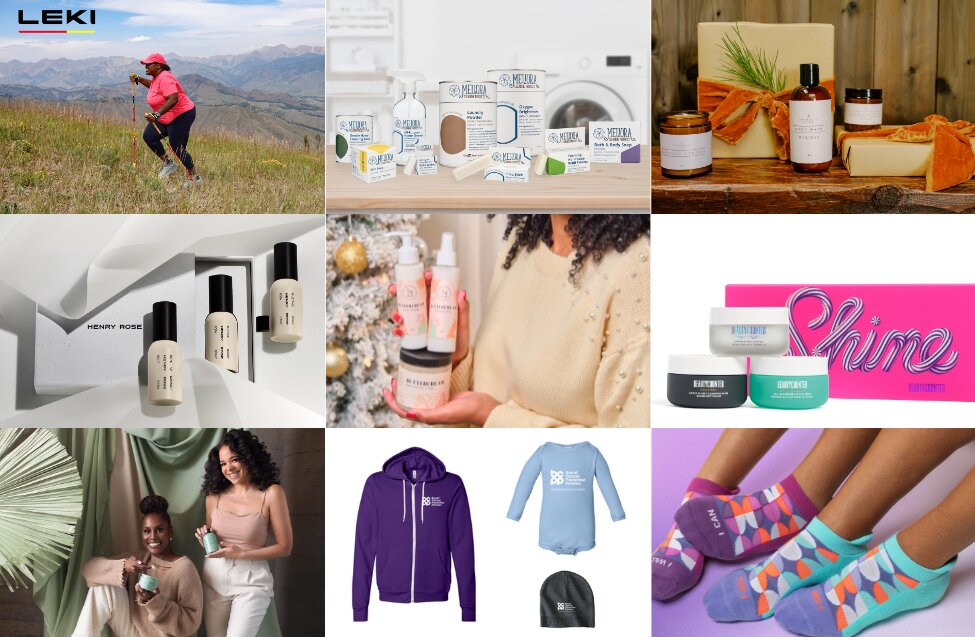
Shop with confidence that your holiday gifts are good for you, our planet and those you love! Our partners in prevention are offering socially responsible gift ideas that share our commitment to protecting the health of all people and our planet. Read More
Fall 2023 Impact Report
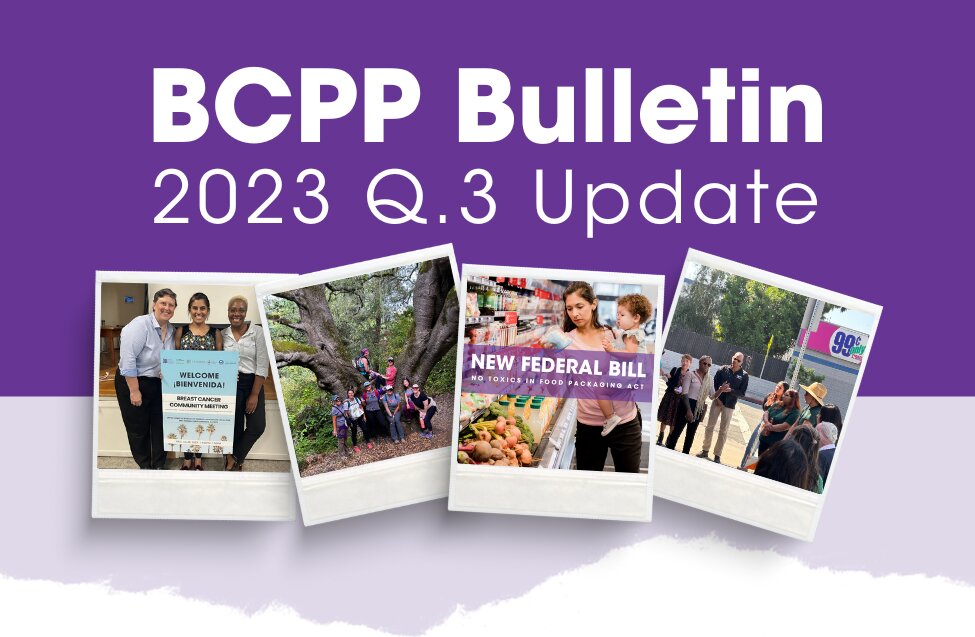
Fall’s impact report on policy, science, and Breast Cancer Prevention Month community events all made possible by your generous support.Read More
Breast Cancer Prevention Month Gift Guide 2023

At BCPP, October is Breast Cancer Prevention Month. For over 20 years, October has signified the month to promote breast cancer awareness and shop to support finding a cure. Yet, 1 in 8 women in the US will still be diagnosed with breast cancer in her lifetime.Read More

